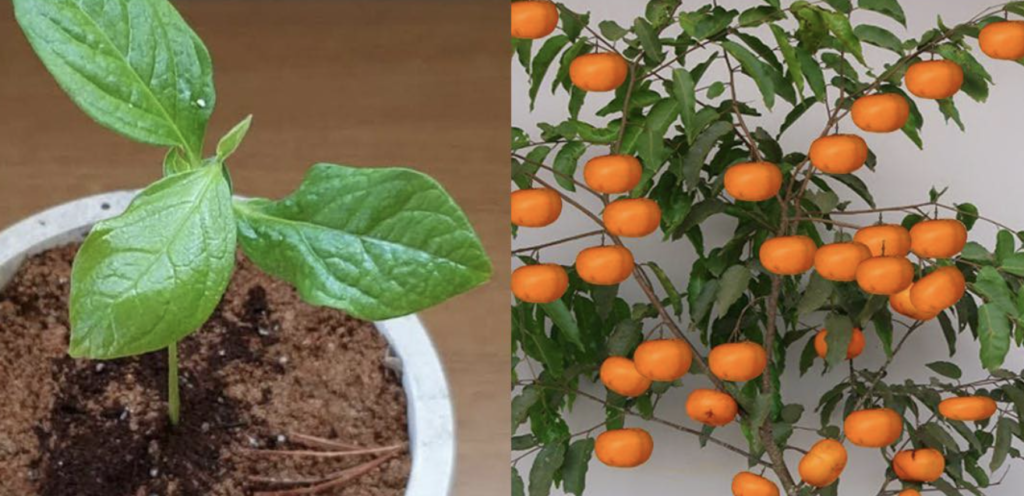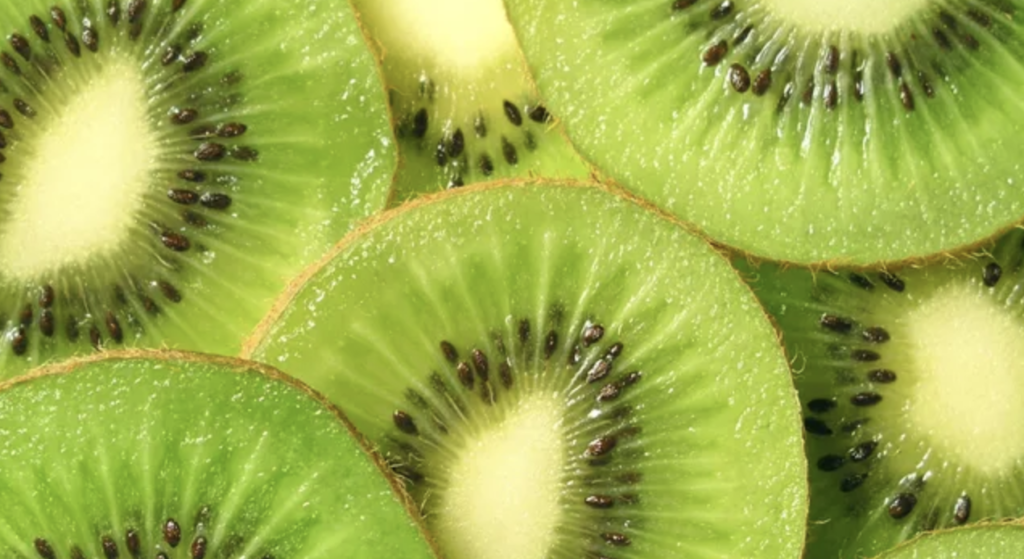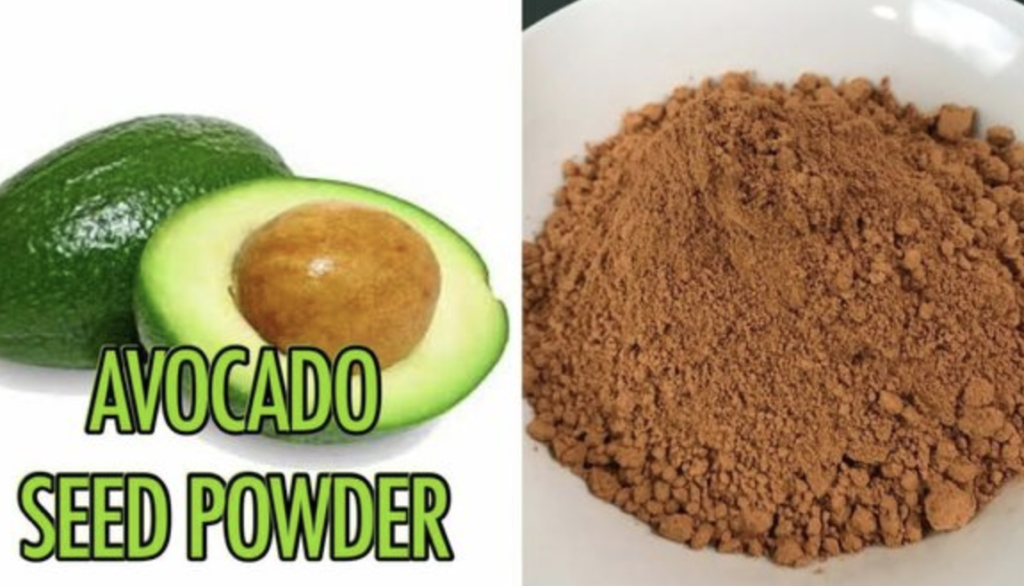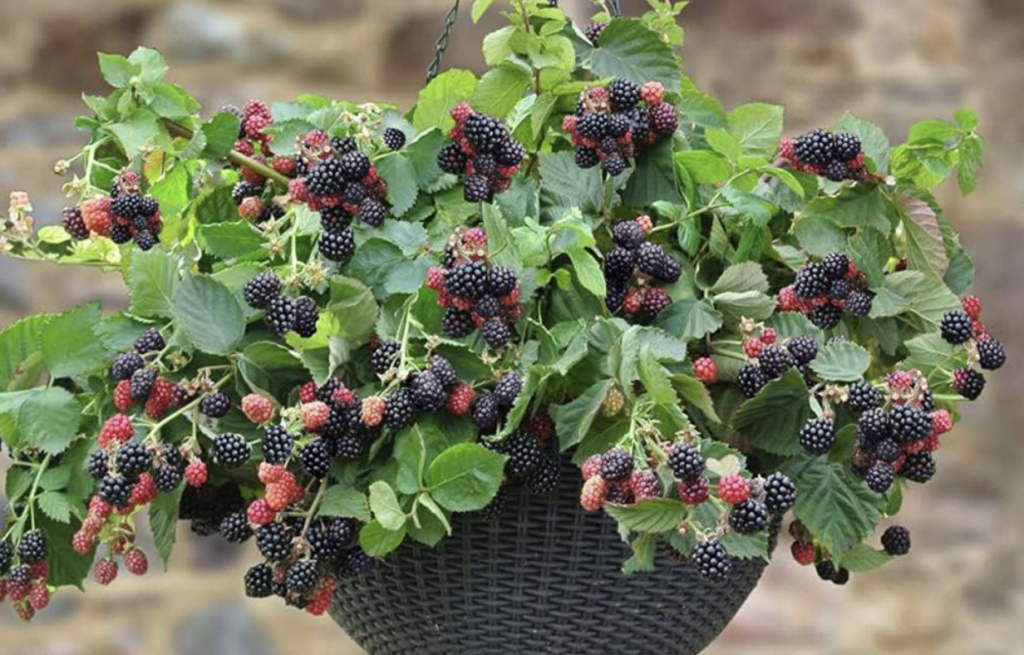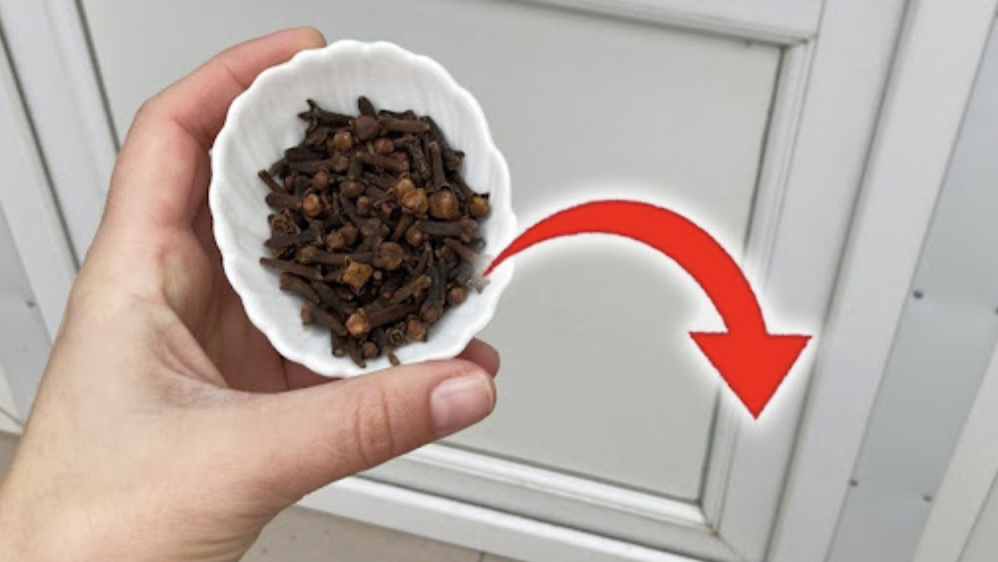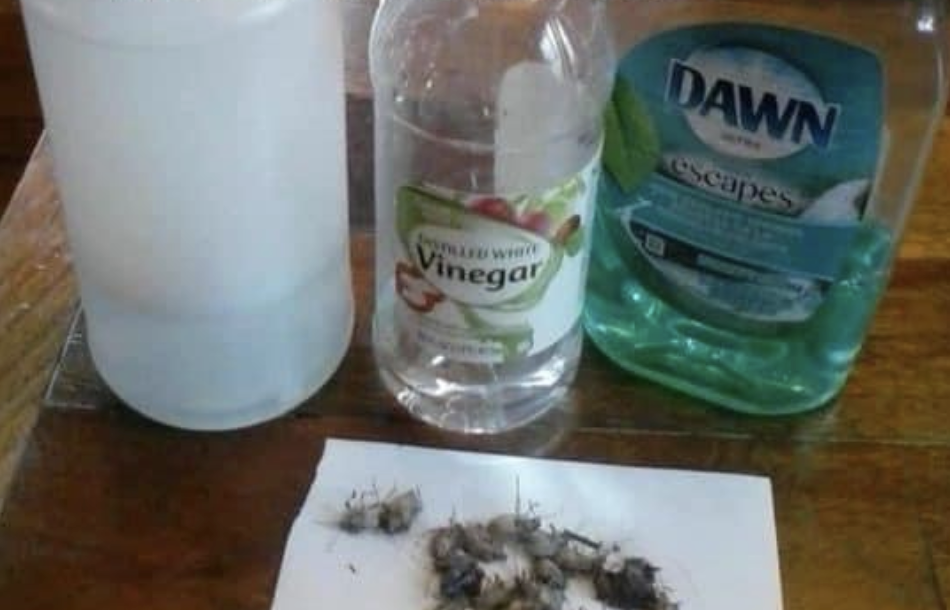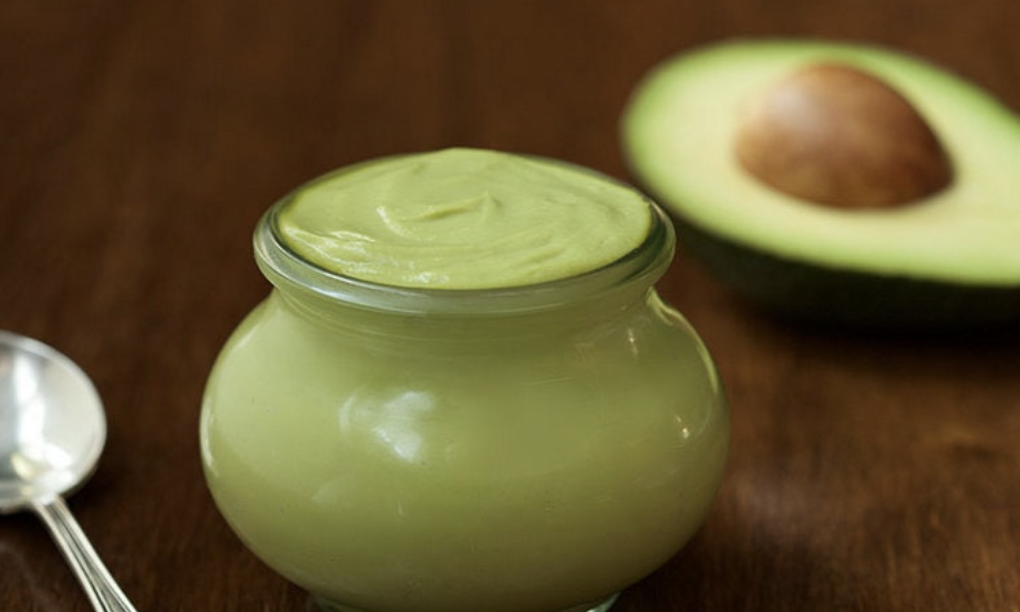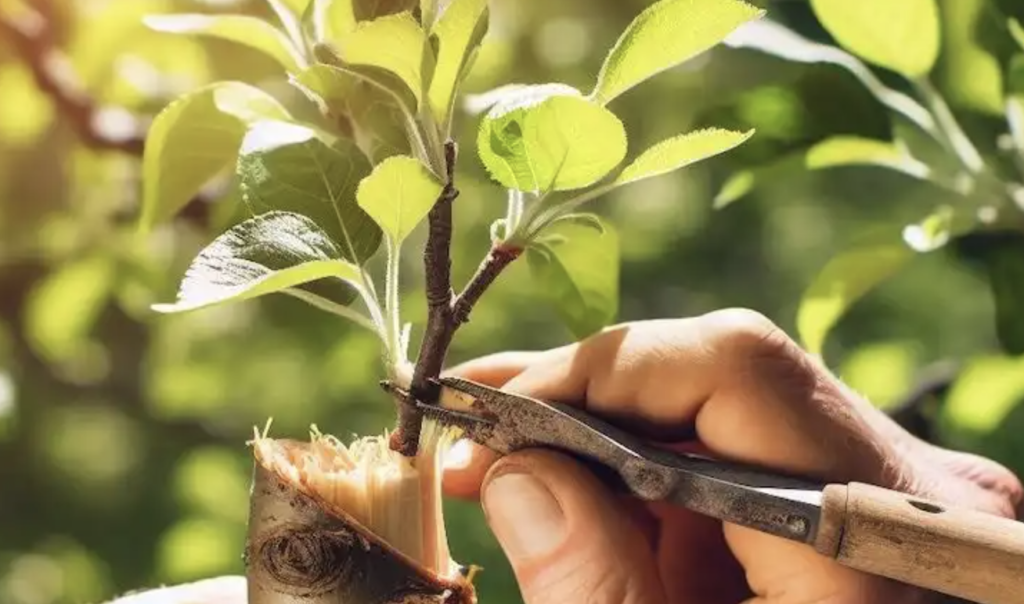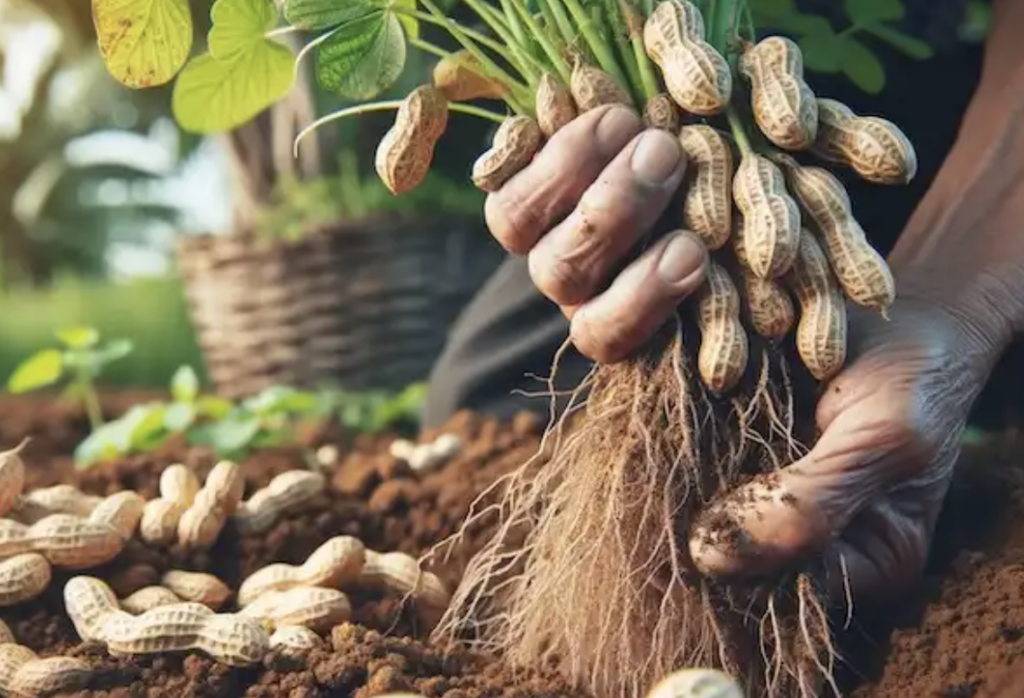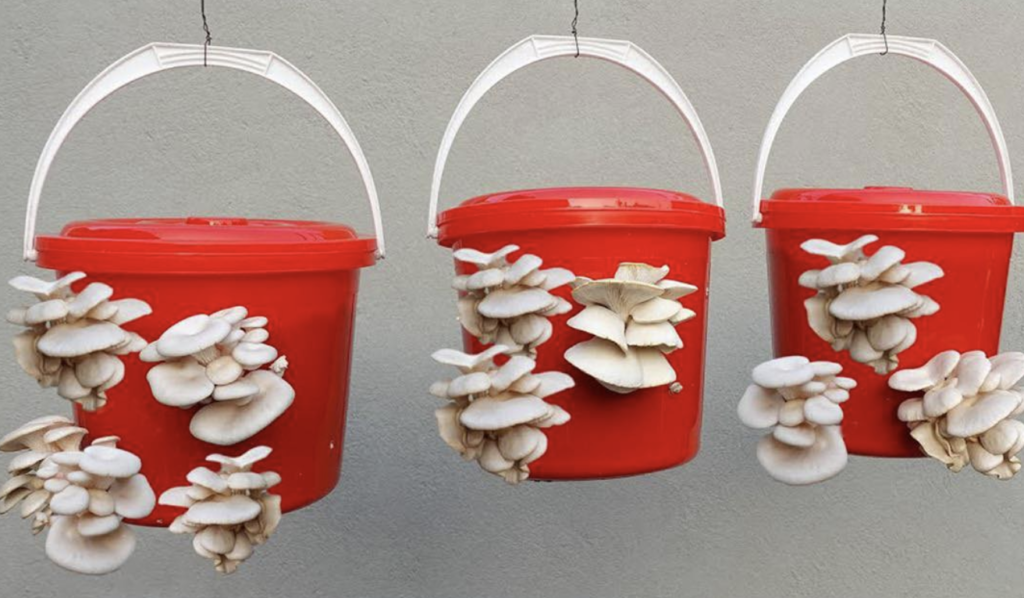Growing persimmons from seed is a fulfilling endeavor that promises the joy of nurturing your own fruit-bearing trees. This comprehensive guide will lead you through each step, ensuring a successful venture into cultivating these delightful fruits.
Choosing the Right Persimmon Variety
For pot cultivation, opt for dwarf or semi-dwarf varieties like Fuyu or Jiro. These varieties adapt well to container environments and are self-pollinating, making them ideal for small spaces.
Preparing the Ideal Pot
Select a spacious pot, preferably 22-24 inches in depth and width, to accommodate the persimmon tree’s taproots. Ensure good drainage using materials like ceramic, plastic, or wood to prevent root rot.
Soil Composition
Create a well-draining soil mix using potting soil, organic compost, and perlite or sand. This blend provides an optimal environment for root growth and overall plant health.
Seed Germination Process
Seed Selection and Preparation: Begin with fully ripe persimmons. Extract and thoroughly clean the seeds. Moist Paper Towel Method: Soak the seeds in warm water for 24 hours, then place them on a moist paper towel and seal in a container for germination. Stratification: Mimic the natural wintering process by refrigerating the container with seeds for about 3 months. Planting: After stratification, plant the seeds in a tall container with sterile potting soil, keeping them 2 inches deep in a bright, warm location.
Ongoing Care
Water deeply, allowing the soil to slightly dry between waterings. Fertilize during the growing season, prune to maintain shape and health, and ensure the tree receives 6-8 hours of direct sunlight daily.
Special Tips for Success
Repotting: Refresh the soil and provide more room for root growth by repotting every 2-3 years. Cross-Pollination: Enhance fruit production by planting multiple varieties for cross-pollination. Winter Care: In colder climates, move pots to an unheated indoor space during winter to protect the trees.
Conclusion
By following these guidelines and providing consistent care, you’ll cultivate healthy persimmon trees from seed and eventually enjoy their delicious fruits. Remember, patience and attention are essential, as persimmons may take a few years to bear fruit, but the rewards will be well worth the wait.
